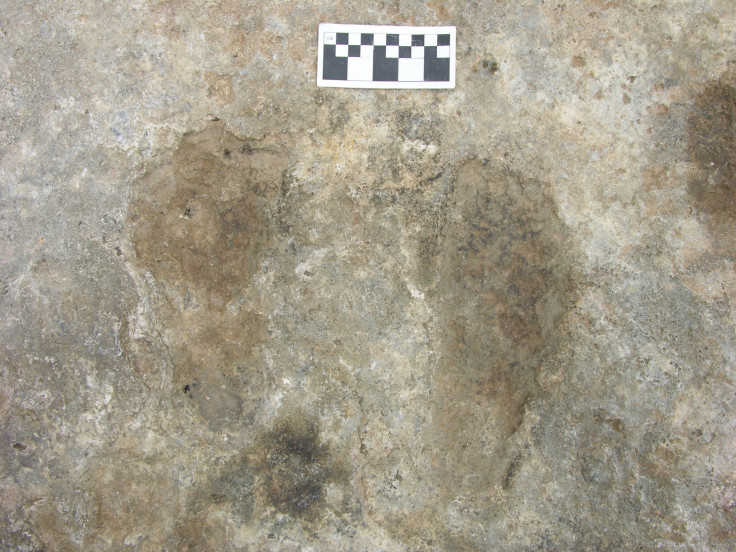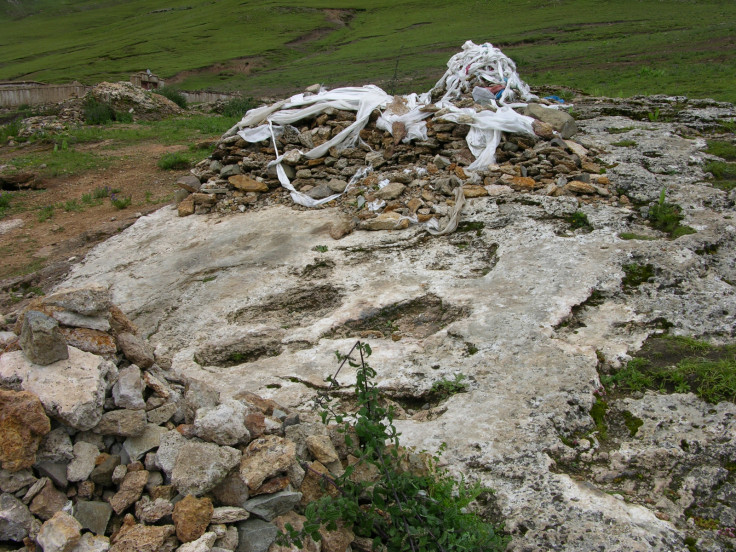Humans lived on the Tibetan Plateau during the last ice age - 7,000 years earlier than previously thought
A new analysis puts the estimated date of permanent occupation of Chusang, Tibet, back by thousands of years.
Analysis of human handprints and footprints left in stone at Chusang, the earliest known settlement on the Tibetan Plateau, shows that the site could have been occupied nearly 13,000 years ago.
Previous studies put the age of Chusang at about 5,200 years. A new study, published in the journal Science, analysed isotopes of thorium, uranium and carbon to calculate the age of the site. It found that the latest the site could have been established was 7,400 years ago, and the earliest was 12,700 years ago.

The scientists used rock samples taken from next to the prints for thorium/uranium dating, and used a technique called optically stimulated luminescence to analyse the age of quartz crystals in the rock at the site. They also used carbon dating on tiny fragments of fossilised plant material found near the prints.
The earliest estimate would put the date for human occupation within Pleistocene period, which ended about 11,700 years ago. During the late Pleistocene, glaciers are thought to have covered 2.4 million square kilometres of the Tibetan Plateau, which is itself only 2.5 m sq km.

Chusang is about 4,270 metres above sea level and the archaeological traces left at the site were first discovered in 1998. There are a total of 19 handprints and footprints on the travertine rock surface, scattered over an area of about 20 by 30 m. The prints were made by a group of six people, two of them thought to be children.
The prints are between 2 and 7mm deep, and are thought to have formed when carbonates from nearby hot springs were being deposited at the site and were still soft.

Chusang would have been very difficult to access for much of the year, with trips to other known early sites taking days and with routes being cut off for most of the year. Scientists believe that this was a base camp that was permanently occupied, as a round trip from Chusang to other sites to the south-east would have taken up to 70 days.
"The data from Chusang support the presence of an early, pre-agropastoral population on the high-elevation step of the Tibetan Plateau 7,400 to 8,400 thousand years ago, although an earlier presence from about 12,000 to 13,000 years ago cannot be fully discounted," the authors write in the paper.

© Copyright IBTimes 2025. All rights reserved.






















